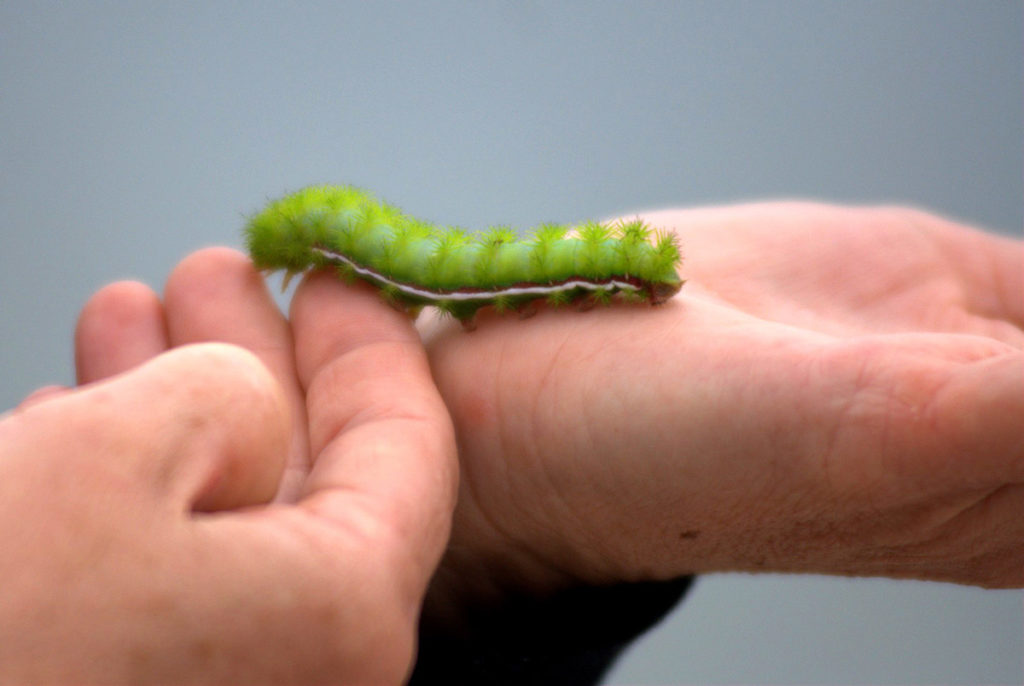There are a lot of ways that we can learn, and most of them don’t take place in a classroom. We learn every time we try to build something, have an interesting conversation, or find ourselves looking up a question online. Reading and listening are not the only ways that we learn. In fact, they aren’t even the best ways to learn everything that today’s students will need to know.
Education for the 21st century
Most of the careers that today’s young people will have will require them to use “21st century skills.” These are skills such as communication, research, critical thinking, quantitative analysis, and planning that are useful in virtually any professional field. Project-based learning is an educational method that allows students to develop these skills while gaining content knowledge.
In the traditional teaching model, students are usually given the information they need, given opportunity to interact with or process the material through discussion or practice, and asked to show mastery of the material, often with a written exam or assignment. On the other hand, project-based learning leads students to discover information for themselves, spend time mentally manipulating or even physically interacting with a concept, and show mastery of the material by creating a solution, a presentation, or even a physical product.
A scientific example
Let’s look at an example of a project series from our friends at Acton Academy.
This elementary science group is working on understanding insects and their life cycles. During their science time over the course of several weeks, they’ll complete these projects:
- Insect identification station. Students learn how to identify insects using classification keys. In doing so, they learn the anatomical parts of an insect and practice identifying the parts to classify the insects. The students also understand what biological classification is, and practice it in a rewarding context: naming mysterious insects.
- Ant farm observation. Students set up, maintain, and observe an ant farm. They learn what ants need to survive and can observe how social organisms, such as ants, interact with each other. They also learn how to make scientific observations and practice their objective communication skills.
- Caterpillar to butterfly transformation. Students care for and observe caterpillars as they make their transformation into butterflies. This is a powerful example of an insect’s life cycle. Students make observations and synthesize the knowledge they gain through the experience in a presentation to the class describing the life cycle they observed.
Backed by research
In addition to being more engaging for young students, project-based learning has been proven to be more effective than traditional teaching methods. For example, in 2009, a group of researchers led by Jody Riskowski found that 8th grade science students who learned through project-based learning retained more knowledge and had stronger responses to open-ended questions than students who learned through traditional methods.
There is also a neurological explanation for this improvement in understanding. Hands-on learning involves the sensorimotor cortex of the brain, which controls physical movement and sensory perception. Students retain information better when more of their brain is involved in learning the information (Kontra et al., 2015).
Additional benefits
In addition to the benefit of learning the curriculum with deeper understanding, project-based learning offers many more benefits for the student’s development of 21st century skills, ultimately preparing them for a career. In project-based learning, as in many real-world activities, there’s not a single right answer. Rather, there are many possible solutions. Instead of attempting to guess at what the “right” answer is, students start allowing themselves to think creatively. There’s also more room for making and learning from mistakes in project-based learning. Making mistakes is a reality, and it’s important to practice turning our failures into a learning experience that makes us and our final outcome even stronger. Finally, project-based learning is more open to the varied talents of students, not narrowly focused on traditional test-taking strengths.
Ultimately, project-based learning is a way to give students the ability to practice their most important skills early in their education and to make their learning even more effective.
“We are living in a new economy – powered by technology, fueled by information, and driven by knowledge.” – Futureworks: Trends and challenges for work in the 21st century, U.S. Department of Labor



